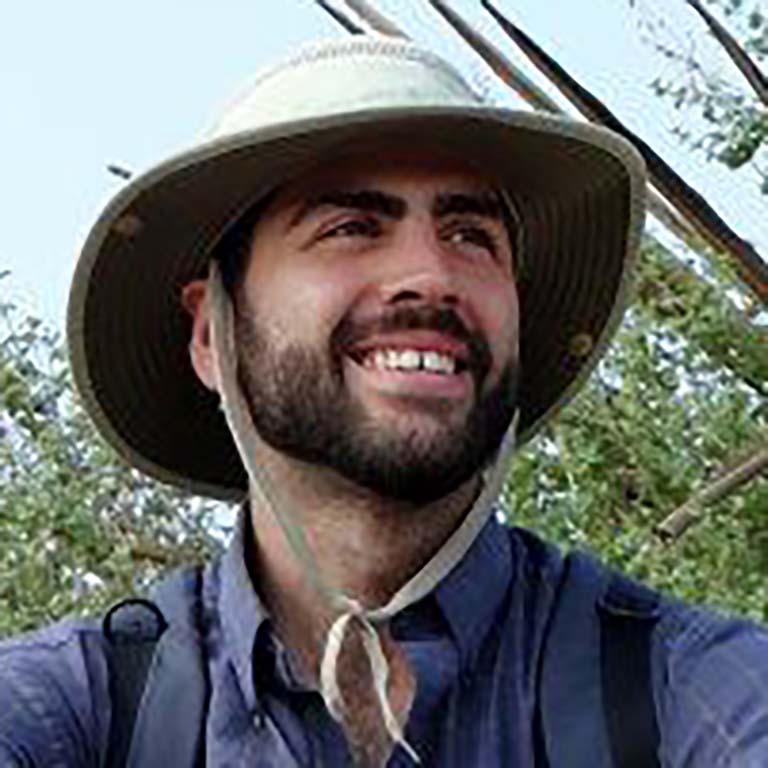Alex Badillo will be defending his dissertation on Friday, January 18, at 2:30 p.m. He invites any interested faculty and graduate students to attend the public portion of his defense for a short presentation from 2:30 to 3:00 p.m. in Student Building Room 159. Please join us!
In his dissertation research, Badillo studied the Quiechapa region in the Sierra Sur of Oaxaca, Mexico, focusing on anthropogenic landscape modification and land-use shifts through time. His research demonstrates that although people in rural southern Mexico lived in relatively isolated areas, they were profoundly affected by broader sociopolitical changes in greater southern Mesoamerica. Through a regional systematic survey, Badillo documented and mapped 91 archaeological sites in the Quiechapa region with survey grade GPS equipment and recorded, visualized, and analyzed architecture and artifacts using GIS software. The settlement pattern analysis indicates that during the Postclassic period (A.D. 800-1521), a time of sociopolitical unrest in greater Oaxaca, people in Quiechapa began to occupy higher elevation locations and modifying hilltop sites by adding defensive architectural features. Although it still remains unclear whether people in Quiechapa experienced direct warfare or political control from distant conquering groups, the evidence shows that Quiechapa residents prepared to defend themselves. Badillo's research highlights major processes that have contributed to a shift in settlement patterns and land-use strategies and provides a foundation for future research on the impact of large-scale sociopolitical change and conquest on local land-use in rural Mexico.


